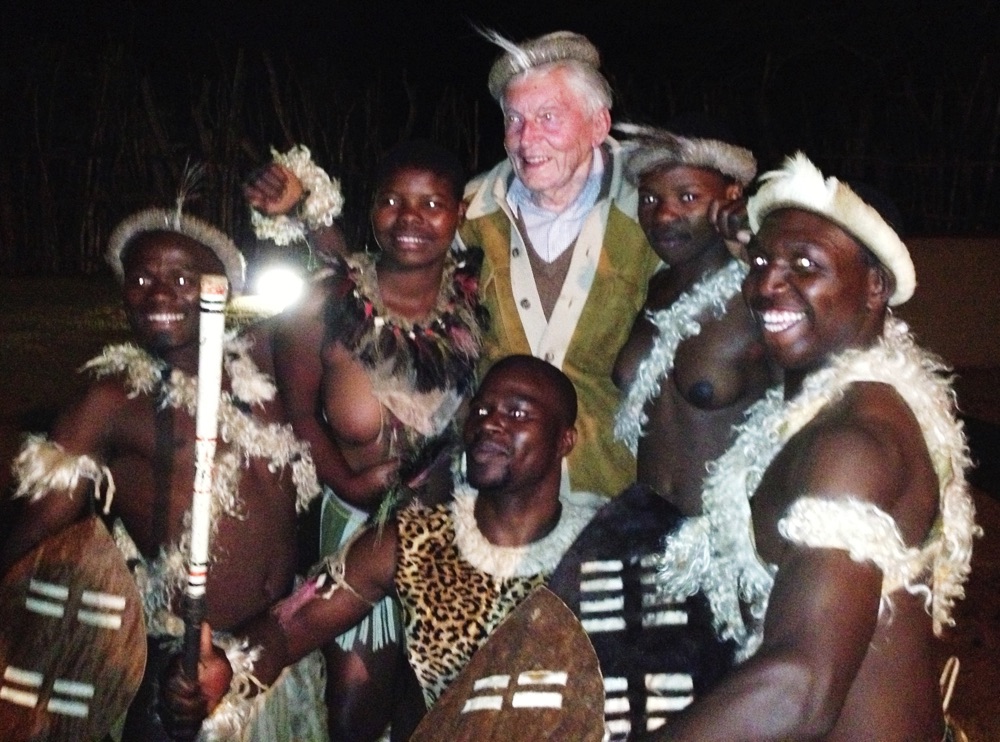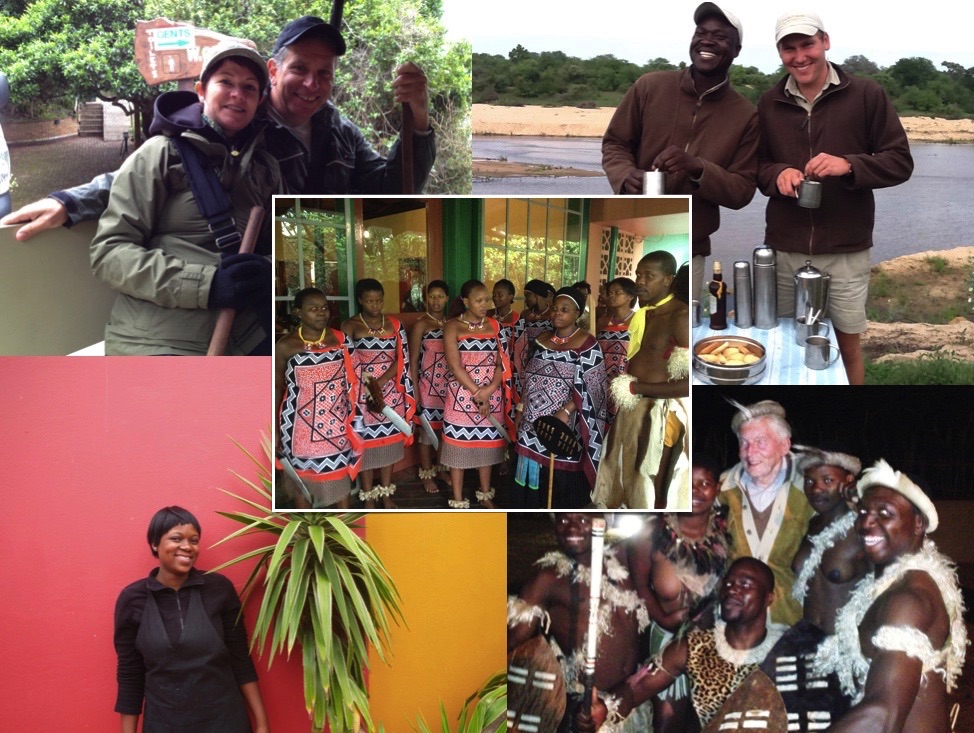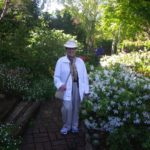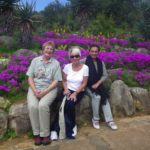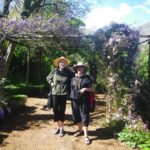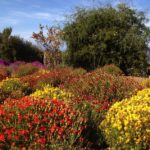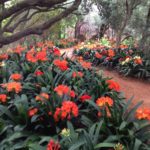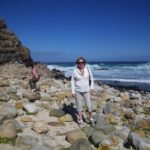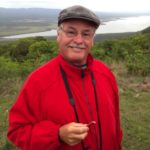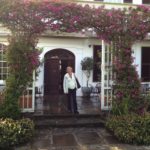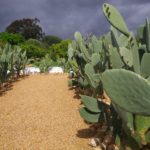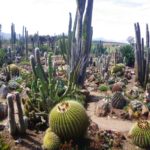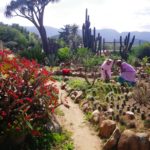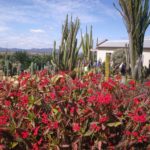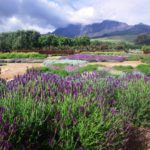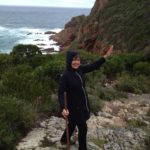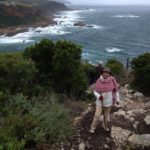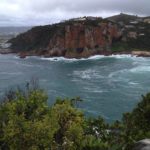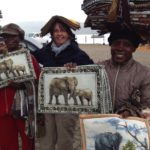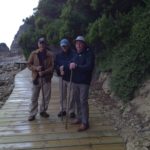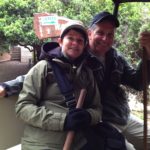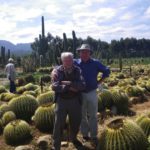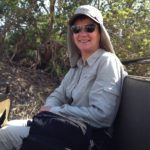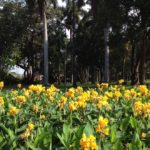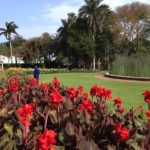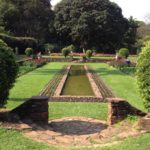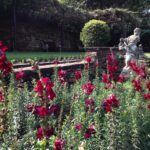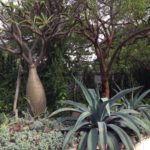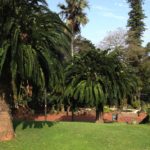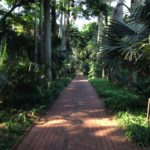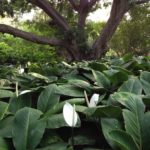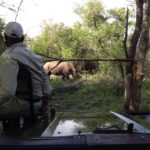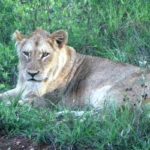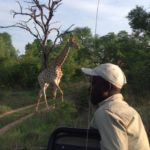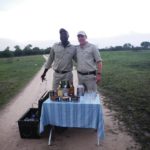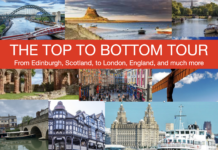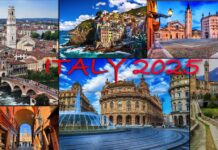In October, 2012, we went for the first time to South Africa with an ambitious plan to take the Garden Route from Cape Town before moving on across the Little Karoo to Knysna and George and then on to Durban, Swaziland and Johannesburg. In addition, we had a stopover at Kruger National Park for a game-drive.
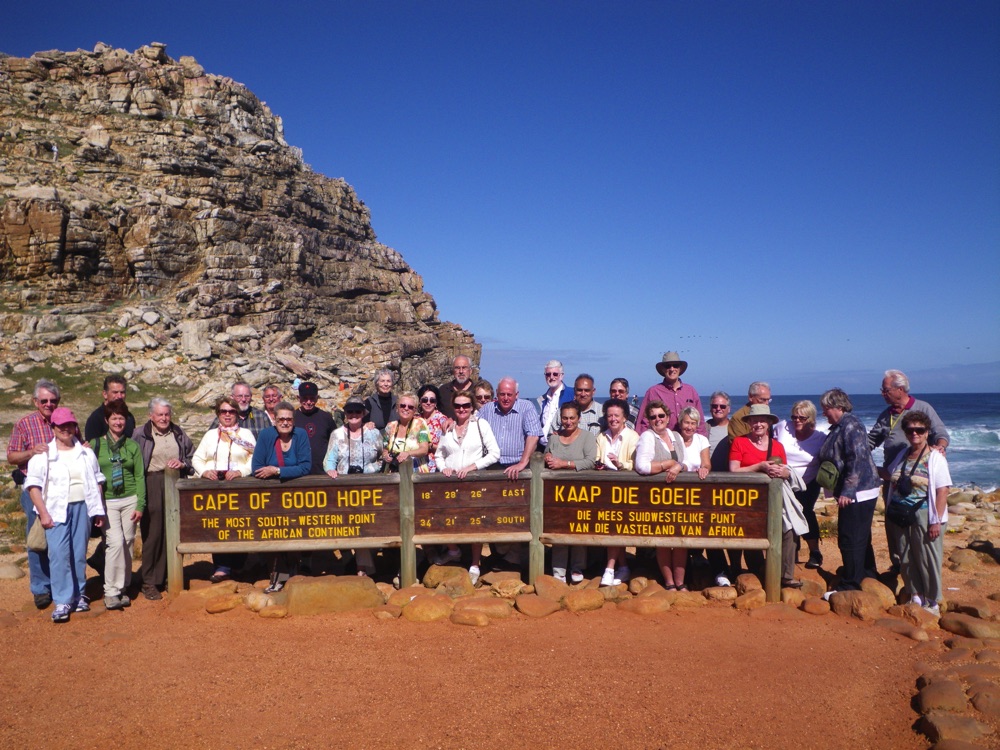
Forty people came with on this adventure. Some made their way to Cape Town via Amsterdam. We and a few others stopped for a few days in London before making the flight south. The good thing about the long flight to South Africa is that there is no jet lag, but it is a long journey from Vancouver if you don’t break it in two.
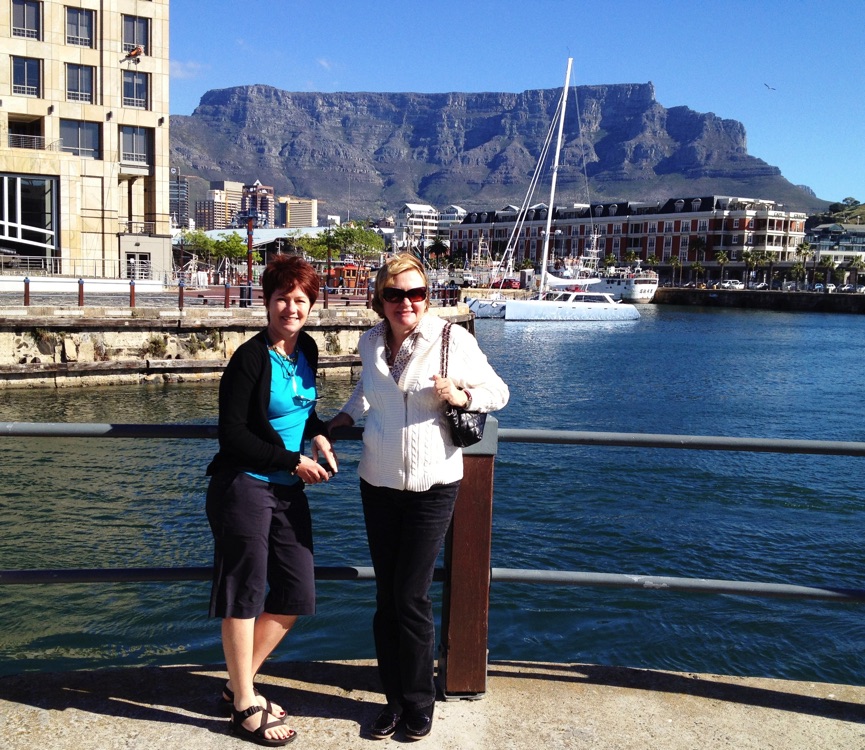
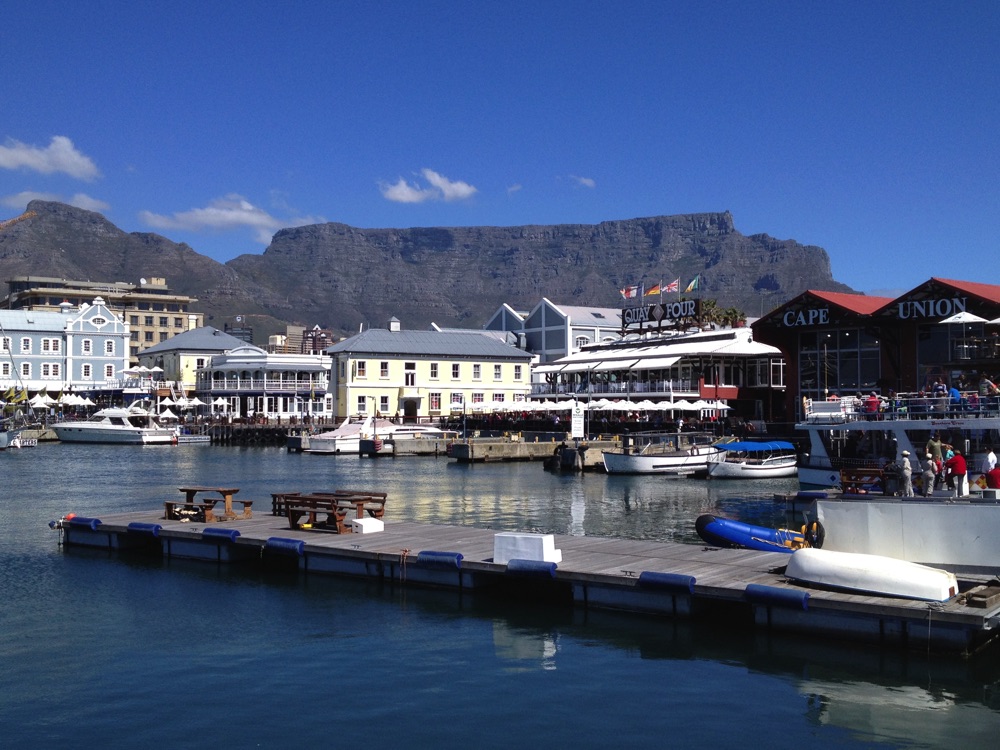
My time in South Africa was a terrific botanical education. I was introduced to many new trees I had never seen before: umbrella thorn, marula, knob thorn, stinkwood, scented thorn, cabbage tree, hard pear, yellowwood and more.
Even as we drove into Cape Town from the airport, we could see wonderful drifts of watsonia and tall stands of strelitzia as well as stone pines and giant rustling palms. It was very exciting.
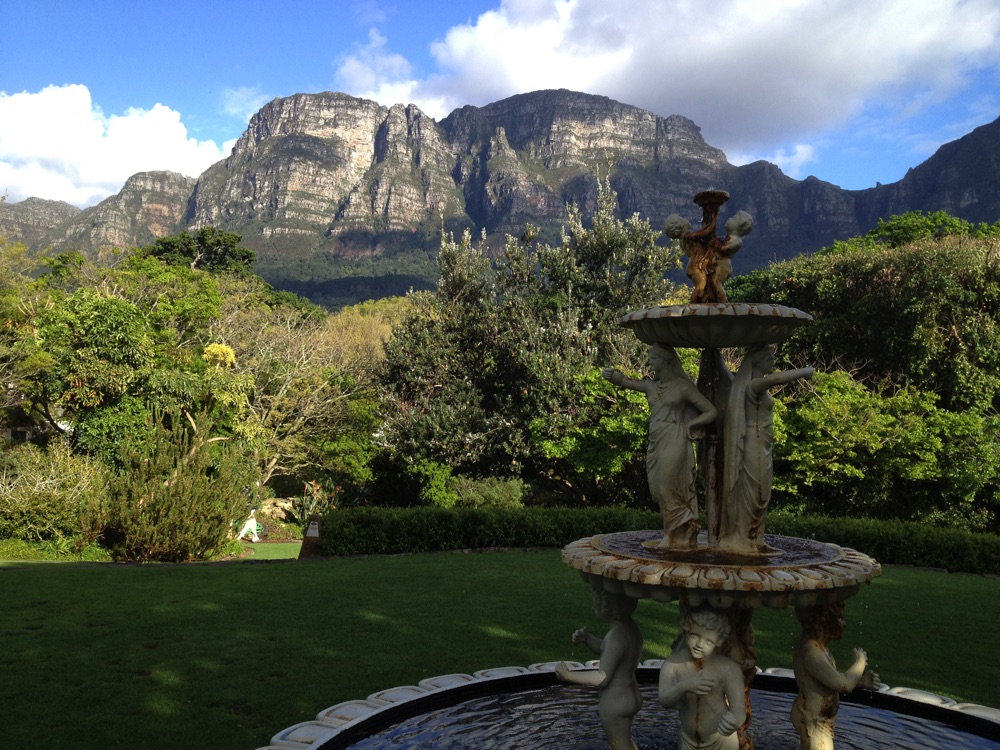
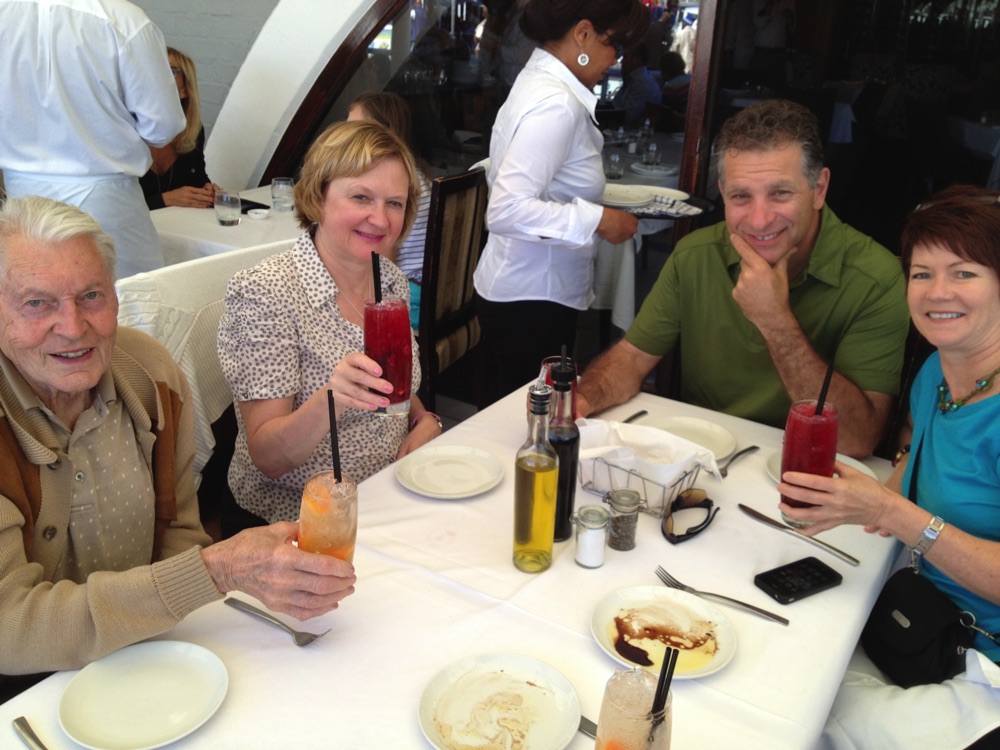
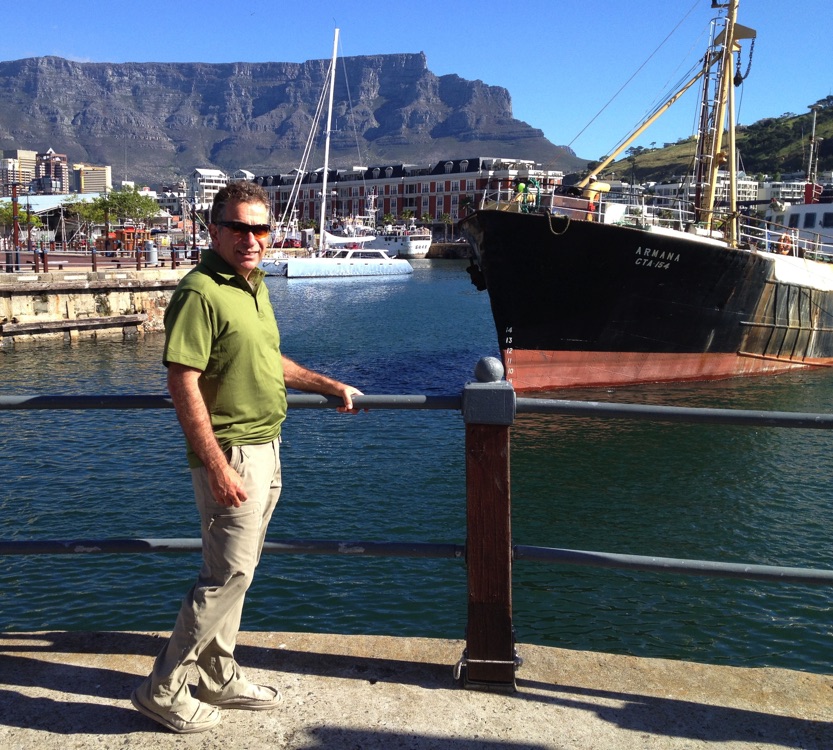
We stayed at the Vineyard Hotel in a nice part of Cape Town where the gardens were full of orange clivia, lilac osteospermum, tangerine strelitzia and blue agapanthus, but also camellias and hellebores which was confusing since this was October and we normally saw these in bloom back home in spring.s
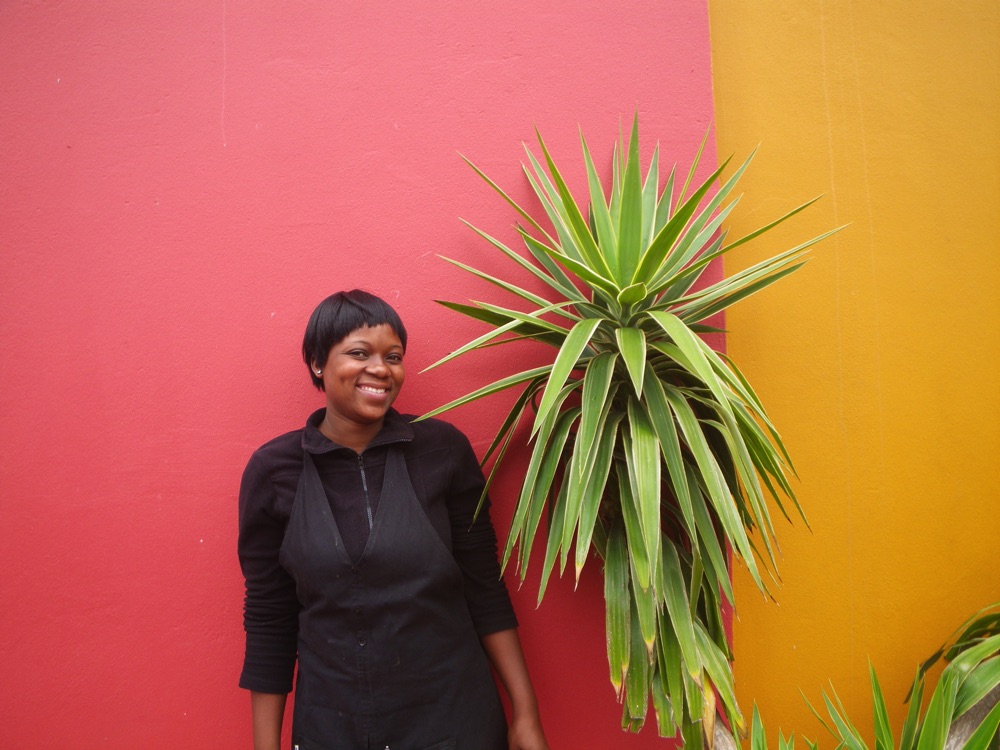
In Cape Town, we visited Kirstenbosch botanical garden, a topsy-turvy Alice in Wonderland landscape where we saw azaleas, wisteria, choisya and columbines, all blooming alongside jasmine, arctotis, carpets of osteospermum, drifts of agapanthus and giant mounds of mesembryanthemum.
Dotting the hillside below Table Mountain were large protea and leucospermum bushes, along with bright drifts of yellow flowered bird-of-paradise plants and all sorts of exotic cycads – plants that date back to the Jurassic age when dinosaurs were around.
Sadly, we did not get to go up Table Mountain because there were dense clouds. I didn’t realize what a loss this was until some years later when we returned to Cape Town and did manage to walk on top of the mountain and we realized what a privileged experience it was.
Nevertheless, the group we were with and our guide, Ananda, were such happy, positive, fun-loving people, we never gave the thought that we had missed something special a second thought. We were having too much fun.
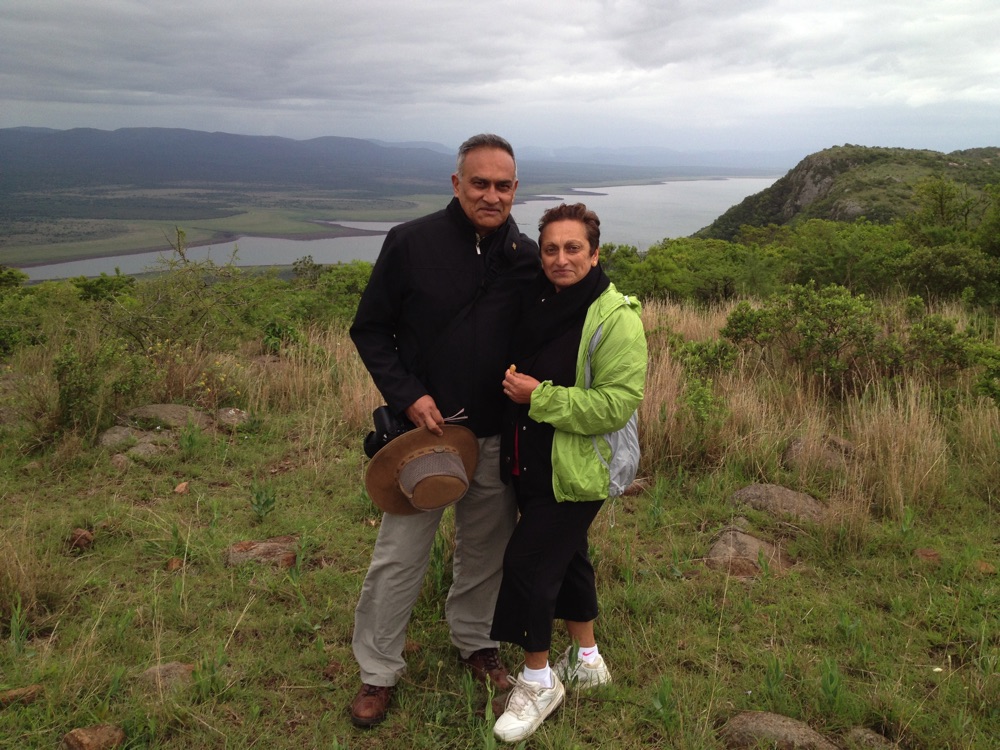
We travelled down the Cape Peninsula to the Cape of Good Hope to look out where the Indian and Atlantic oceans collide. On the way, we were introduced to “fynbos” – the indigenous, drought tolerant, shrubby small leafed bushy flora of the Western Cape.
From Cape Town, we went to Stellenbosch where we visited Babylonstoren, a 17th-century Cape Dutch farm and vineyard in the Drakenstein Valley. Here, we saw 9,000 clivia that formed a great orange-flowered ground cover in a pretty woodland.
In this garden, we also saw prickly-pear cactus used to create a maze, a camomile lawn, squares of peppermint scented geraniums and sprawling rosemary used to underscore rows of carob trees (Ceratonia siliqua).
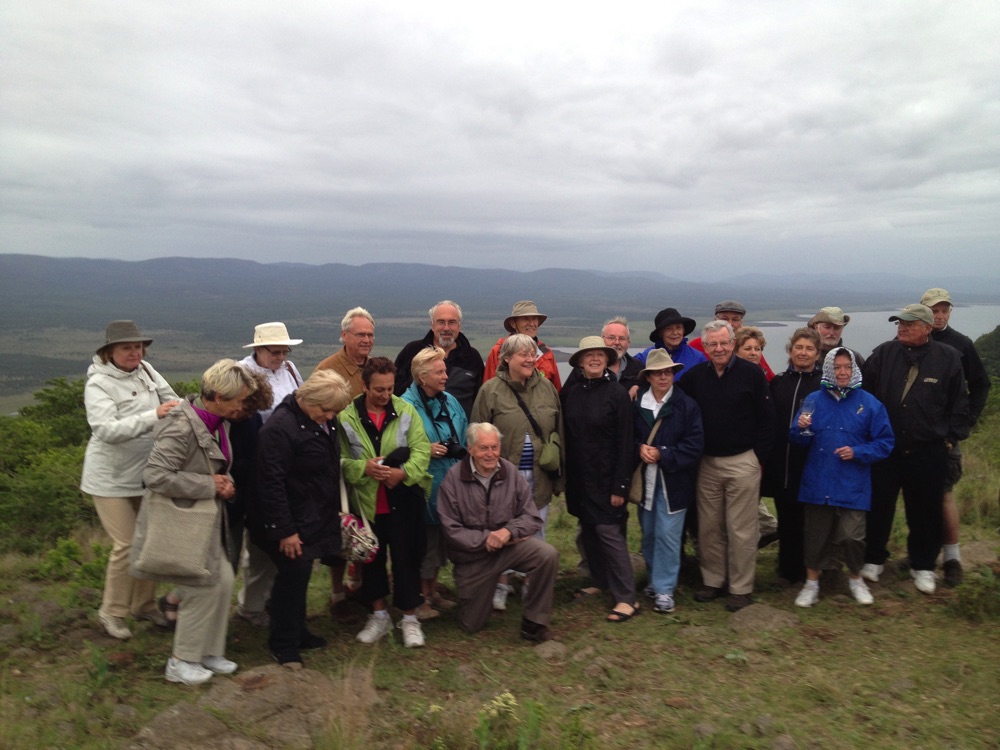
Next, we visited some private gardens as well as winery gardens, such as Old Nectar, Vergelegen and Schoongezicht Garden at Rustenberg.
We loved walking under the gigantic 300-year-old camphor trees at Vergelegen, seeing the jasmine-smothered pavilion at Rustenberg, and the yesterday-today-and-tomorrow plants (Brunfelsia) at Old Nectar.
Crossing the Little Karoo, we popped into a unique desert garden started by Kirstenbosch in the 1920s where I found a spectacular show of spiky, waxy, squat and hairy plants in an overheated landscape full of exquisite death defying succulents, aloes and cactus.
One of the most spectacular plants there was Nymania capensis (Chinese lantern) with striking red lantern-like flowers.
On we went, stopping at the Sheilam cactus garden farther down the road, another awesome discovery.
I doubt I will ever see as exotic a landscape as this again. There were dozens of golden barrel cactus as far as the eye could see along with Madagascan euphorbia and elephant’s foot cactus and exotic birds everywhere singing long songs.
In Knysna, we hiked into the headland and back down where we enjoyed seeing the ocean views and getting a closer look at the quiet harbour inlet.
We flew to Durban from George. Once in Durban, we went to the botanical garden to see some of the world’s oldest cycads plus a magnificent palm walk and woodlands carpeted with peace lilies and flower beds exploding with canna lilies.
Our hotel in Durban was right on the beach, so we were able to get out early in the morning and walk along the beautiful waterfront.
From Durban, we travelled to St. Lucia to see hippos and crocodiles in the muddy cappuccino-coloured estuary waters.
We were served cucumber sandwiches and wine on the boat while watching the enormous heads of hippos rise and disappear all around us in the water.
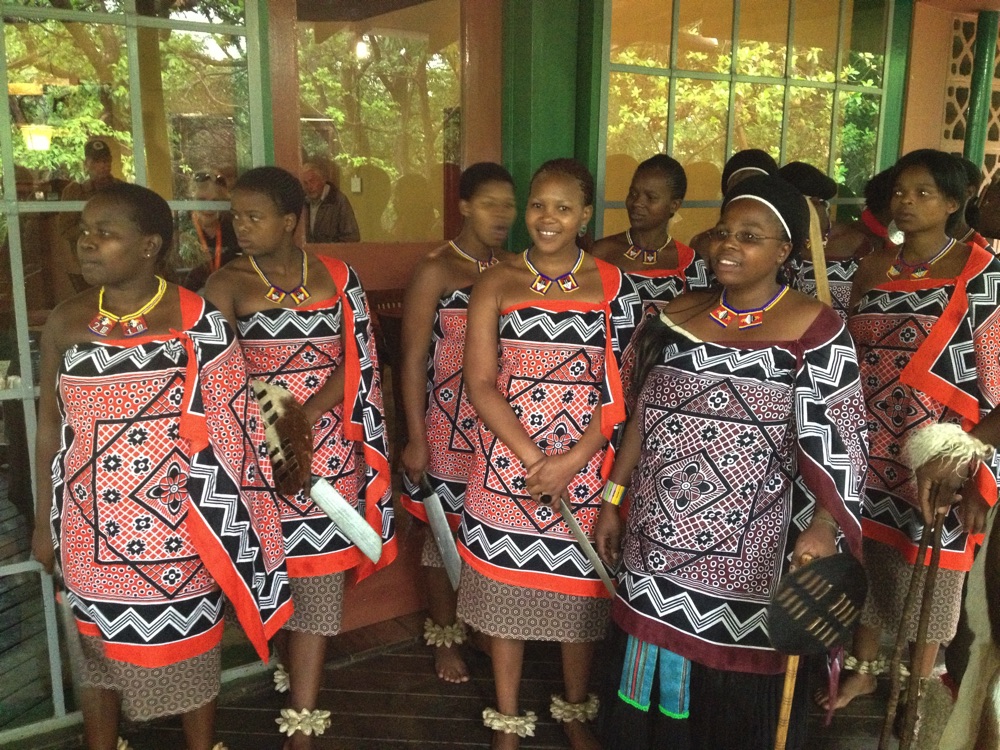
In some places, the hippos clustered together in what looked like a group hug.“Huddle” rather than “bloat” might be a more appropriate collective noun for a group of hippos.
From St. Lucia we went to Hluhluwe Game Reserve in the heart of Zululand to do a three hour game drive.
At the game reserve saw a crash of white rhinoceroses and a herd of nervous zebras close to a herd of Cape buffalo.
It was a thrill when a lone male giraffe came loping majestically out of the trees and walked with such stately elegance past our truck, pausing briefly to take a closer look at us.
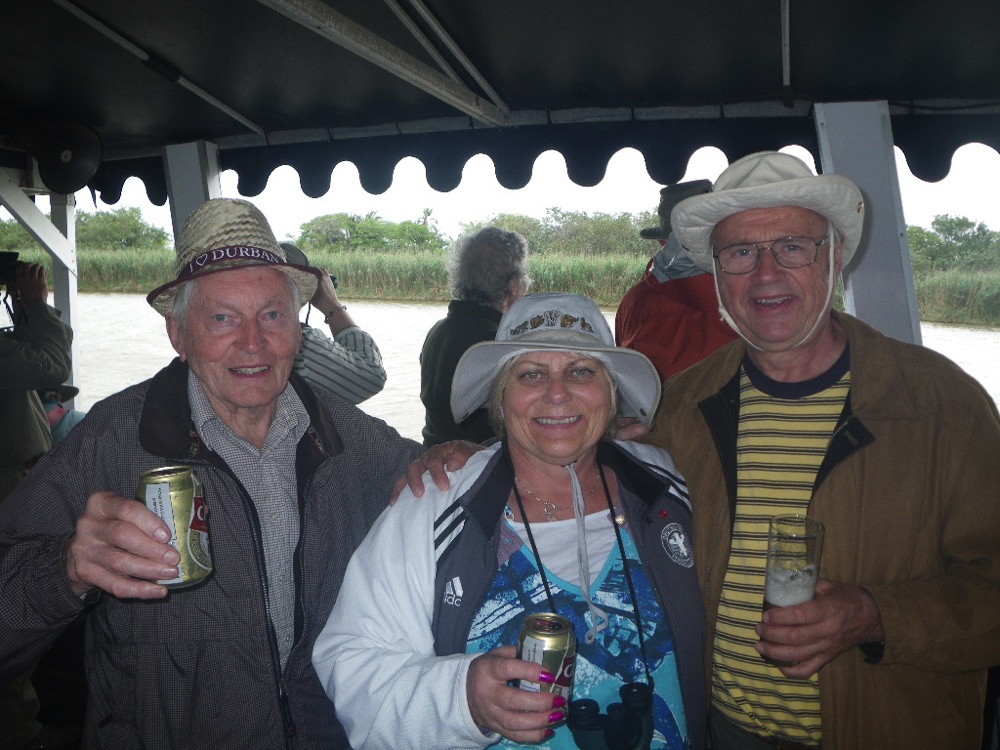
The highlight of the adventure was when a young cheetah came bounding up on a hilltop and stood for a moment looking left and right as its body was set against the beautiful light of a sky full of storm clouds and flashing electricity.
From there, we went north to Ghost Mountain Inn in Mkuze. There were monkeys running around everywhere and there was a plank bridge walk with a sign at the start saying the hotel would not be responsible for deaths or injuries and to please watch out for crocodiles.
All around the hotel were large king palms as well as a huge fever tree with dozens of weaver bird nests dangling from the branches.
